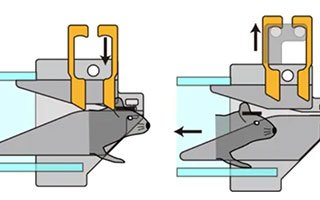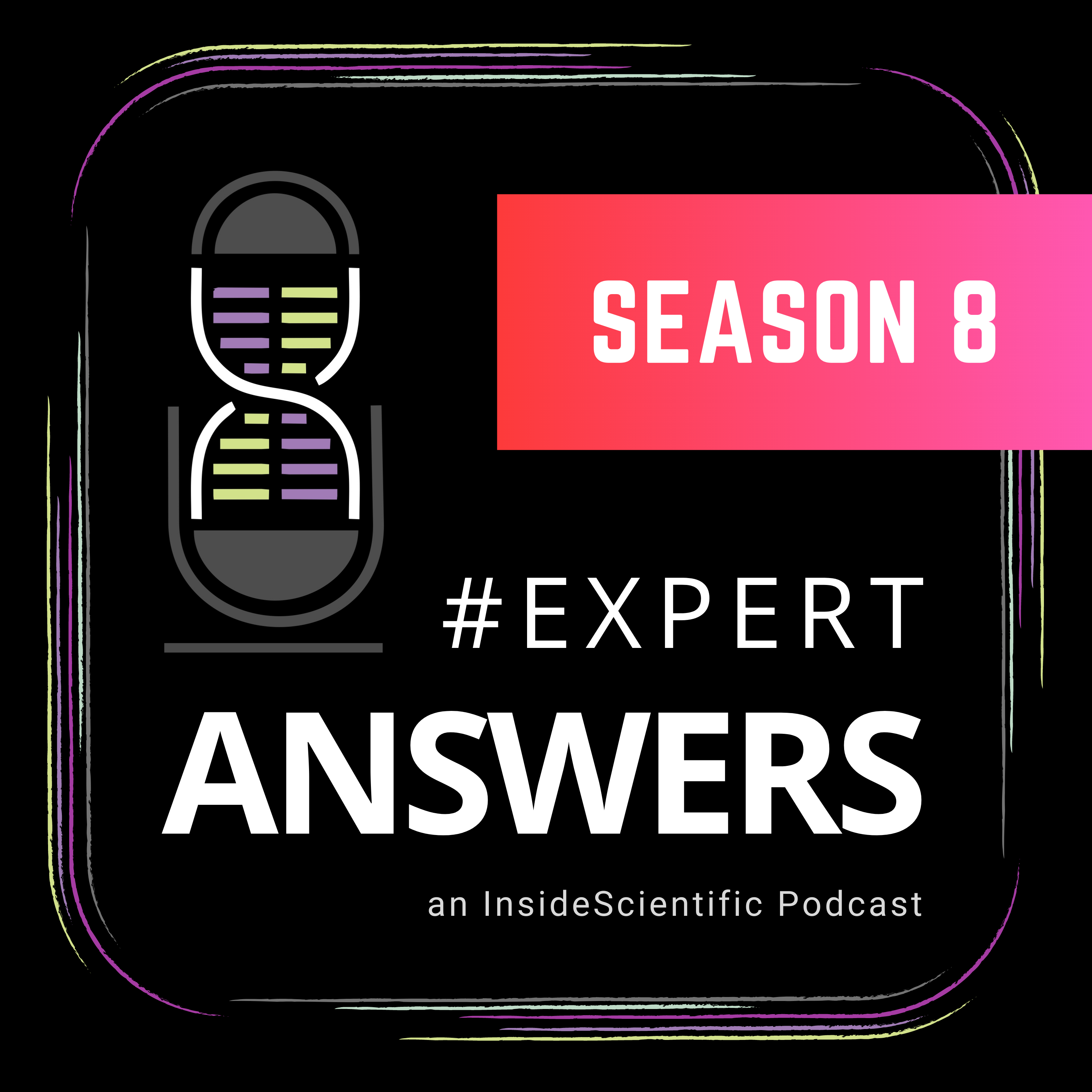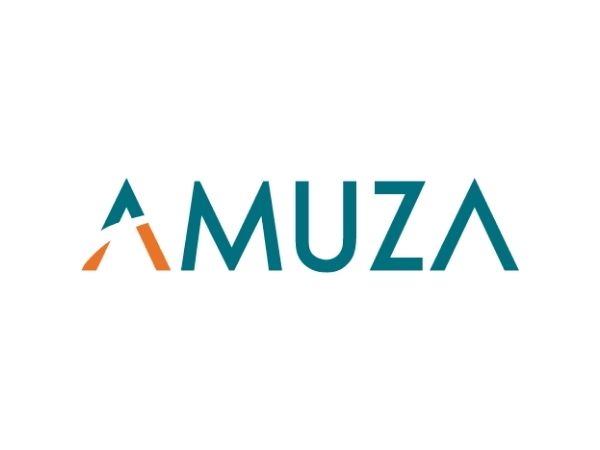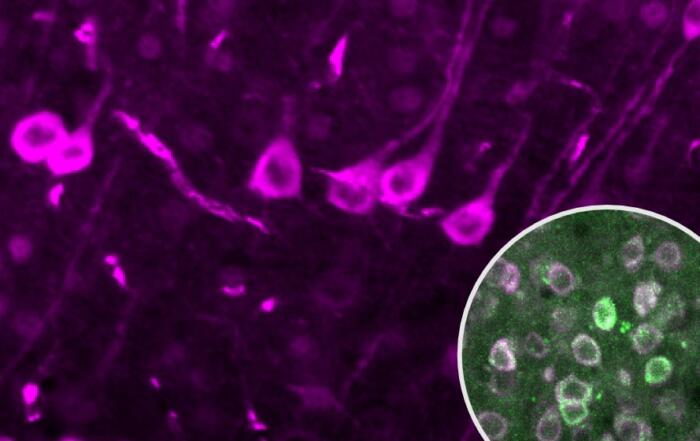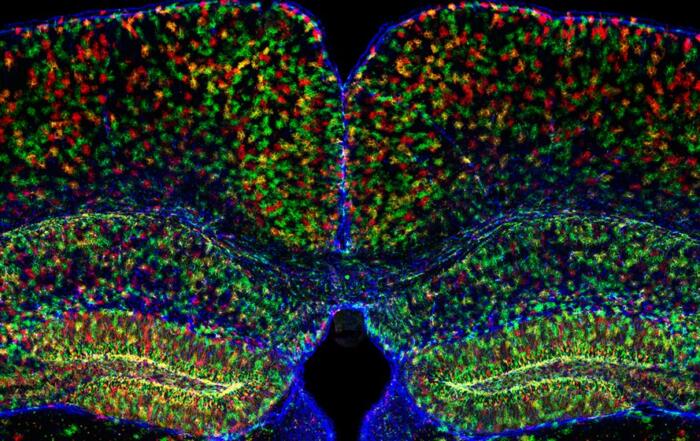In this webinar, Andrea Benucci, PhD discusses a setup developed in his laboratory for high-throughput behavioral training of mice based on voluntary head fixation. He describes its flexible use for behavioral training and concurrent neural recordings, delving into some technical considerations related to user-specific customizations as well.
In Andrea’s lab, they study the neural substrate of visual processing and vision-based decision making. To this end, they aim to define a research framework capable of linking neural architectures to the underlying computations. The solution they have developed is to integrate experimental methods for all-optical dissection of neuronal circuits with large-scale dynamical network models based on artificial neural networks (aNNs). The connectivity architecture of aNNs closely mirror that of biological neural networks, thus representing an effective theoretical framework to unify computational, algorithmic, and implementation levels of analysis.
In this webinar, Andrea presents some examples of unique research achievements made possible by the use of this setup.
Forward movement by the animal first raises the latching mechanism and then allows it to fall, locking the head-plate into position. At the end of the training/task session a servo lifts the latch, releasing the animal.
Key Topics Include:
- Mice can be trained in complex behavioral tasks if training methodologies are fine tuned for this species; the optimization of training parameters is greatly facilitated by the use of automated, high-throughput behavioral technology
- High-throughput automation can be decoupled from the specifics of the neural recordings and manipulations, which vary depending on research project and lab expertise
- High-throughput automation can also be advantageous when a large cohort of subjects is needed in the context of a simple behavioral paradigm, as it is often the case in translational/medical research
Resources
To retrieve a PDF copy of the presentation, click on the link below the slide player. From this page, click on the “Download” link to retrieve the file.
Presenters
Team Leader
Center for Brain Science
RIKEN
